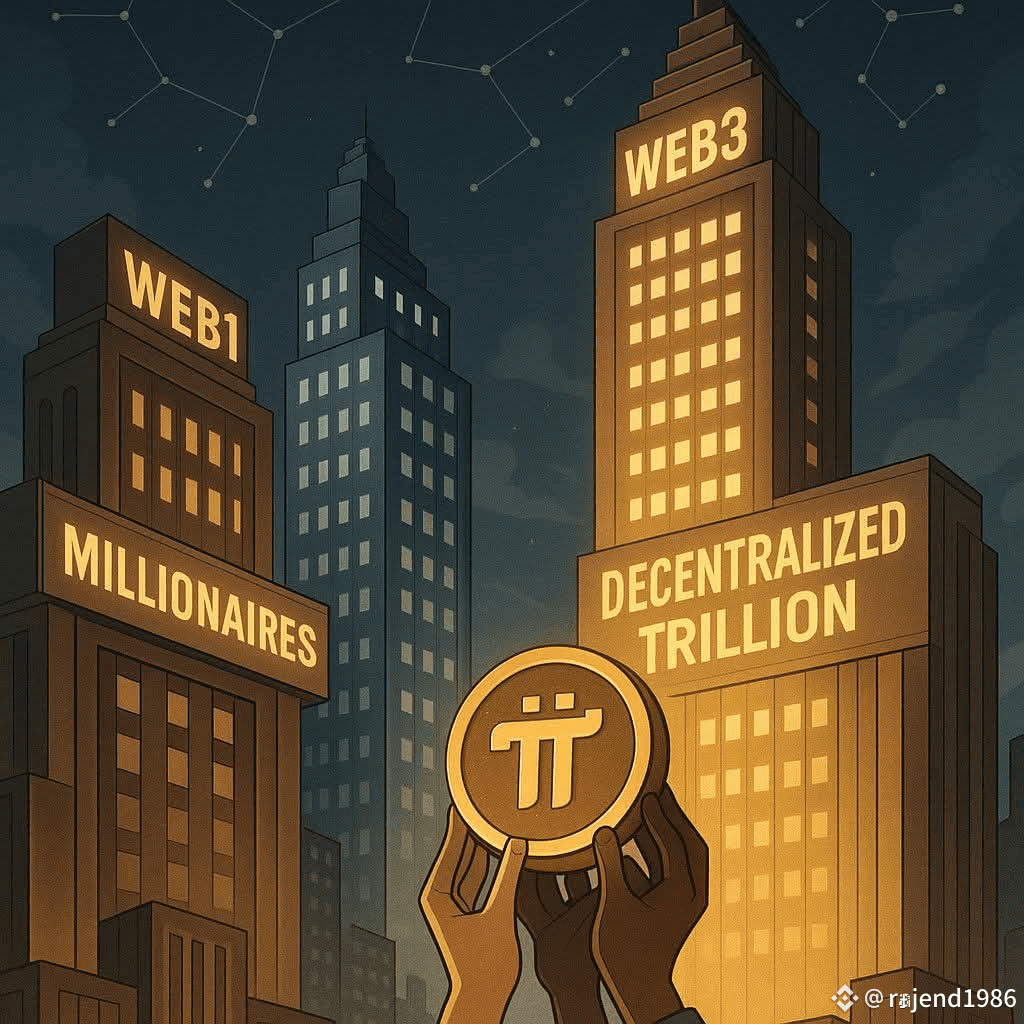In-Depth Analysis of Pi Network: From Mobile Mining to a Full-Fledged Web3 Ecosystem

1. Overview of Pi Network
Pi Network is a blockchain project launched in 2019 by a team of PhDs from Stanford University. Unlike Bitcoin or Ethereum, which require powerful hardware for mining, Pi allows users to mine cryptocurrency on mobile phones without draining battery or performance. This innovation democratizes access to blockchain technology for the masses.
With over 50 million global users and a Mainnet migration underway, Pi Network is building an ecosystem where PI serves as a native digital currency for goods, services, smart contracts, and decentralized applications (dApps).
2. Core Technology: Stellar Consensus Protocol (SCP)
Instead of the energy-intensive Proof of Work, Pi Network adopts the Stellar Consensus Protocol (SCP)—a lightweight and efficient consensus mechanism. At the heart of SCP lies the “security circle”—a trust-based mechanism for validating transactions.
This approach enables:
Eco-friendly mobile mining
Enhanced security via decentralized validation
Real-time scalability for global applications
3. Rapid Ecosystem Expansion
a) Pi Browser & Pi Apps
Pi Browser acts as the gateway to Pi's decentralized Web3 world. From the native Pi Wallet and decentralized exchanges to e-commerce, social apps, and P2E games—developers can build fully blockchain-powered applications here.
b) Real-World Commerce Integration
Thousands of merchants, especially in China, Vietnam, and South Korea, are already accepting Pi as payment. Events like Pi2Day, PiFest, and PiBarter promote real-world utility of Pi—laying the foundation for its intrinsic value.
c) Web3 Identity: KYC and KYB
Pi pioneers identity verification in Web3 using KYC (Know Your Customer) for users and KYB (Know Your Business) for merchants. This ensures trust, reduces fraud, and reinforces a sustainable decentralized economy.
4. Dual Value Mechanism: GCV vs Exchange Price
One of Pi’s most unique features is its dual value structure:
GCV (Global Consensus Value): A community-proposed benchmark where 1 Pi = 314,159 USD, meant to reflect contribution and belief in the ecosystem.
Exchange Price: Reflects real-time market supply and demand once Pi is listed on KYB-compliant exchanges.
While GCV nurtures a value-based economy, the exchange price provides liquidity—both are essential for long-term sustainability.
5. Challenges and Opportunities
Challenges:
Eliminating bots and fake accounts
Gaining trust from traditional investors
Dispelling misconceptions about legitimacy
Opportunities:
Becoming the most accessible blockchain globally
Empowering underbanked populations with financial inclusion
Driving the next wave of the Web3 economy: decentralized commerce, ownership, and identity
6. The Future of Pi Network
If Bitcoin is digital gold, then Pi may become the people’s digital economy. With a vision centered around real-world utility, simplicity, and community empowerment, Pi Network is positioning itself to connect billions to a global, inclusive Web3 ecosystem.